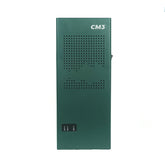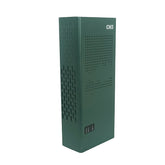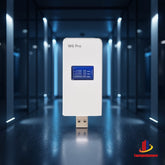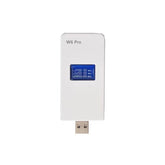Research on UAV countermeasures: facing various technical challenges
Drones have developed into the hottest new type of weapon in recent years. They not only play an increasingly important role in the fields of national defense and military affairs, but also play a prominent role in common applications such as daily search and strike, and commercial vehicles. Due to its unique advantages, drones have also received more and more attention. However, since the emergence of drones, safety has also become an important issue. Therefore, drone countermeasures have become a topic that everyone is more concerned about. Due to its high security, practical issues and security issues must be dealt with during deployment.
1. Research status of counter-drone technology
Drone countermeasures technology is a technology that blocks or intercepts drone traffic at specific locations to prevent drones from being used illegally. For different drone applications, counter-drone technology also has different needs. Therefore, when researchers develop counter-UAV technology, they need to analyze it according to different usage scenarios. The specific research content of UAV counter-attack technology includes the following aspects:
(1) Launch technology: The core of UAV countermeasures technology is launch technology, which generally includes mechanical launch, electromagnetic launch, ionization launch, thermal launch, linear launch technology and other system launch technologies. The research and development of launch technology is related to its characteristics. Launch equipment is divided into single-mode launch systems and multi-mode launch systems.
(2) Detection technology: Mainly detects in the form of drone sound, electromagnetic waves, etc., to quickly and accurately locate potential threats.
(3) Guidance technology: It is mainly composed of various sensors and guidance systems. They can control the flight trajectory of counter-drone by identifying specific behaviors to prevent the drone from causing trouble in the designated area.
(4) Remote control technology: It is mainly composed of attack system, launch guidance system and sound elastic guidance system. They can use forced landing means or interfere with UAV system information to resist while detecting UAV.
(5) Interception technology: It mainly includes radio interception, satellite interception and ground interception, etc. It aims to block the UAV control signal so that the UAV cannot be controlled normally and effectively prevent the UAV - drone jammer
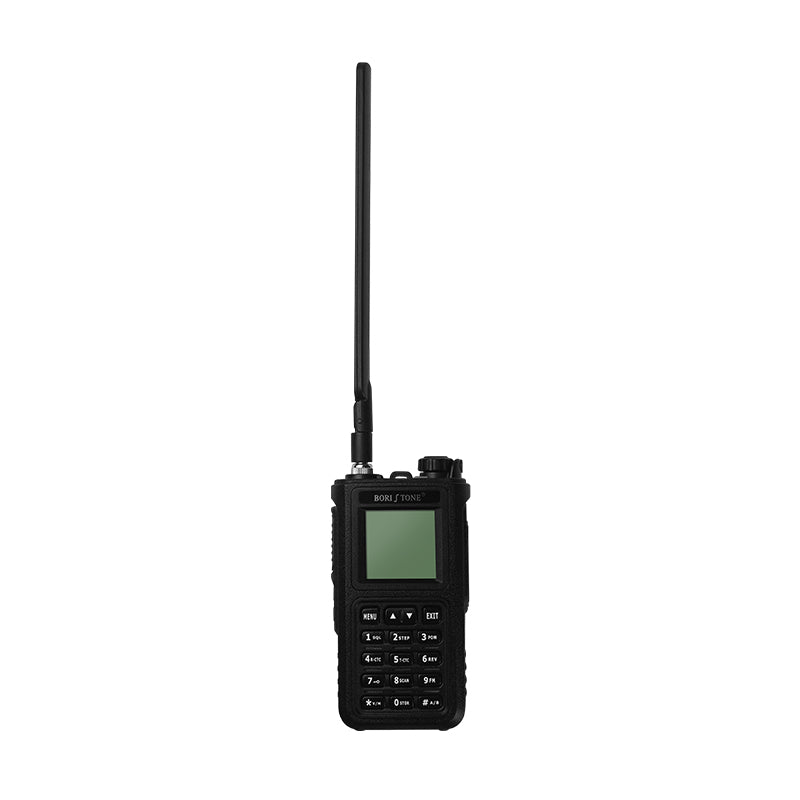
2. Balance between technology and security
Counter drone technology has unique characteristics. It can effectively intercept illegal drones and play a role in protecting our safety. But at the same time, the safety of UAV countermeasures is also a very important issue. Improper use of UAV countermeasures technology may cause safety hazards. Therefore, in the process of using counter-drone technology, safety issues during deployment cannot be ignored.
(1) Technical challenges faced: The research and development of drone countermeasures technology is not only related to technical challenges, but also related to practical applications and related legal environment. Biometric technology can effectively identify whether to attack drones, but in the country's current security environment, there are still many obstacles to the development and deployment of such technology. In addition, in the development process of UAV countermeasures technology,
We have also encountered technical difficulties such as high-end electronic noise suppression, precise positioning and precise identification technology. For this reason, we need to go through multiple rounds of exploration and verification before completing the deployment to achieve the expected results.
(2) Security challenges faced: Due to its high efficiency and safety, the deployment of drone countermeasures technology also needs to pay attention to the balance between practical problems and security measures. For example, when deploying drone countermeasures technology equipment, you must consider whether there are potential destructive risks; in addition, if deployed in a dedicated airspace designated by law in violation of the law, you may encounter legal difficulties; deploying in private airspace When doing so, you also need to consider the rights of the police and other relevant departments, as well as whether they can infringe on other people's privacy rights, etc.
In short, drone countermeasures technology plays an important role in security protection. It can not only effectively prevent illegal drones, but also effectively protect our privacy. However, when used, there are technical requirements and security measures. Balance is also essential. It is not only necessary to develop in-depth technology, but also to consider safety hazards and effectively handle practical and safety issues to ensure that counter-drone technology can play its perfect role in application.


